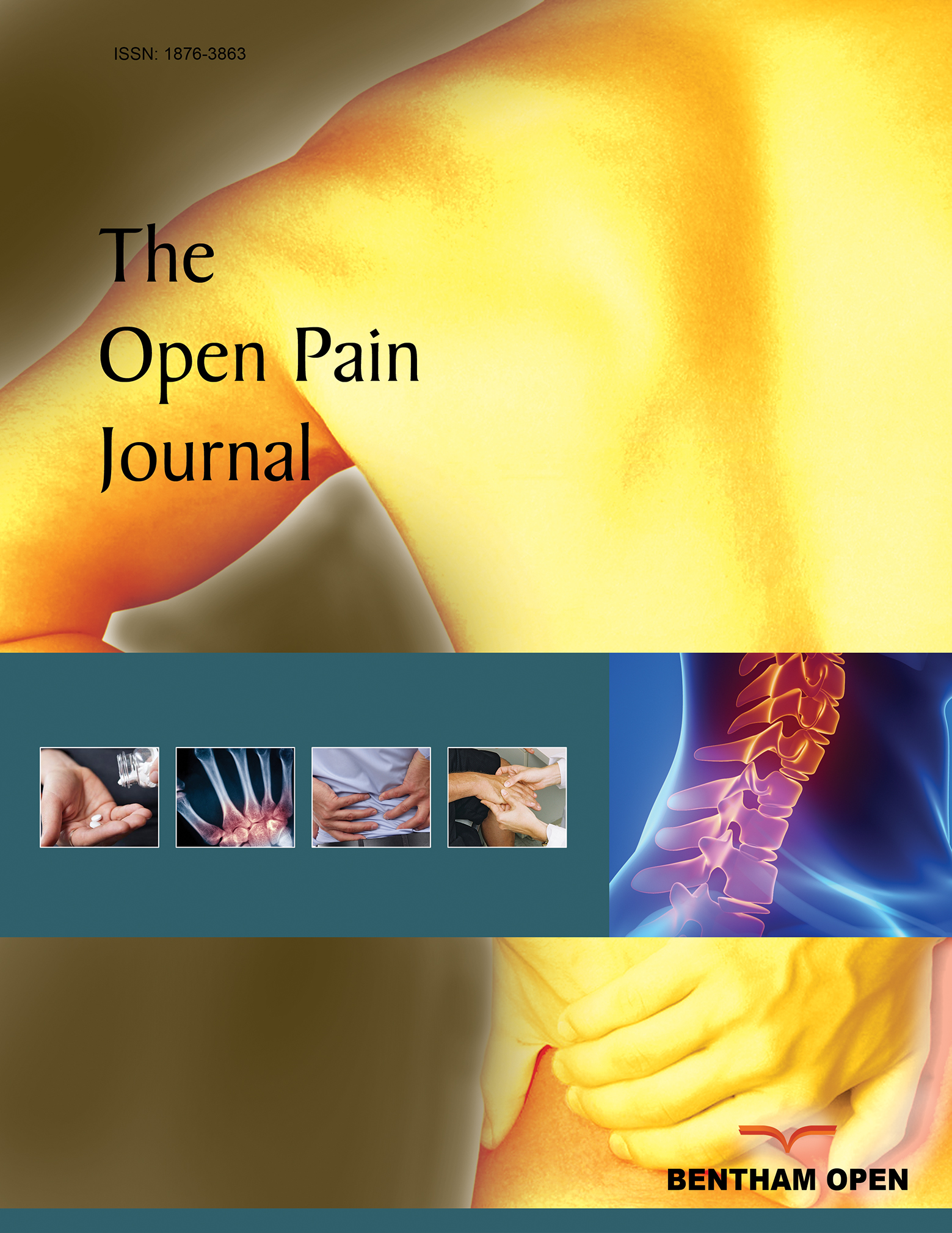Prevalence and Characteristics of Women with Persistent LBP Postpartum
Abstract
Background:
Persistent low back pain (LBP) postpartum is a known phenomenon; however, the prevalence and characteristics thereof were unknown in South Africa.
Objectives:
This study determined the point prevalence and characteristics of women with persistent LBP postpartum.
Methods:
A cross-sectional quantitative design was used. Women over 18 years who gave birth more than six weeks prior to the study were included. Data were collected for both groups through physical measurements and questionnaires. Descriptive, correlational, and non-parametric statistical analysis was conducted.
Results:
50 women participated in the study, and 22 (44%) presented with persistent LBP postpartum. The group with LBP experienced a higher level of disability (54.5% - moderate disability and 4.5% - severe disability) compared to the pain-free group. Postnatal depression was indicated in 40.9% of the LBP group and was statistically significantly and moderately positively associated with the presence of LBP (p=0.000; r=0.53). Regarding activity and participation levels, 59.1% of females with LBP postpartum had a moderate risk for chronicity, and 13.6% had a high risk. The LBP pain group differed significantly in terms of participation in physical activity (p=0.000) compared to the pain-free group.
Conclusion:
The results indicated a high point prevalence of LBP six or more weeks postpartum (44%). On impairment level, disability and postnatal depression experienced by women with LBP postpartum differed from the pain-free group. Participants who were pain-free were much more physically active than participants with LBP. The results from the study implied low levels of physical activity in the presence of LBP.


